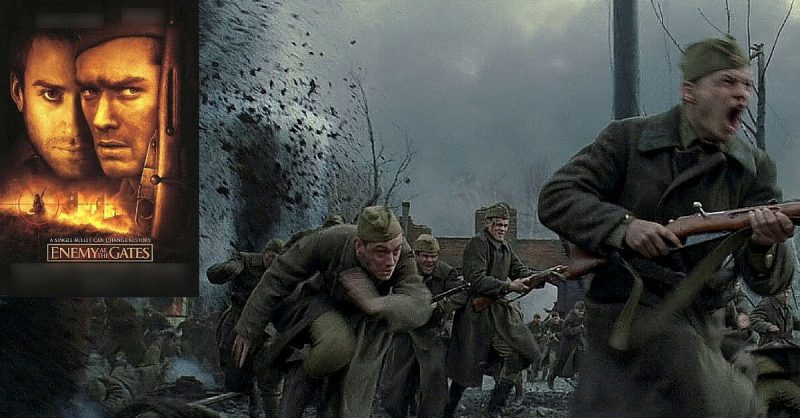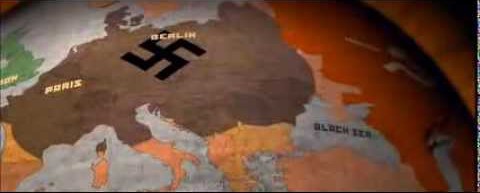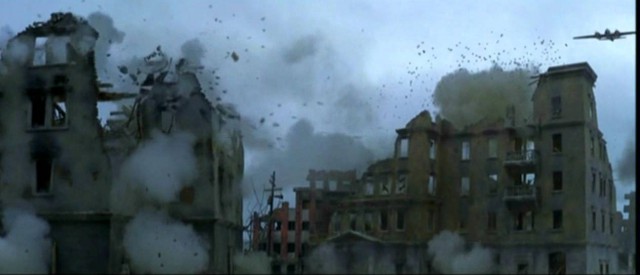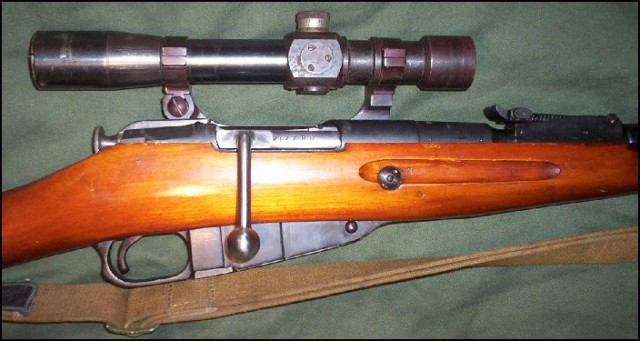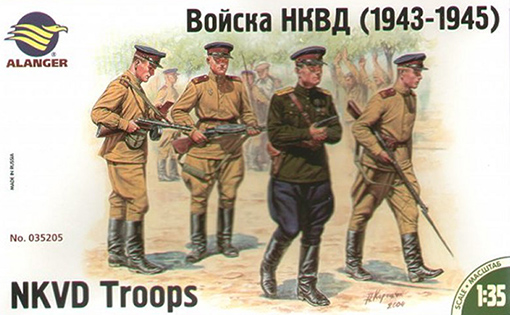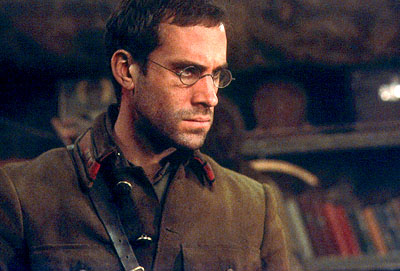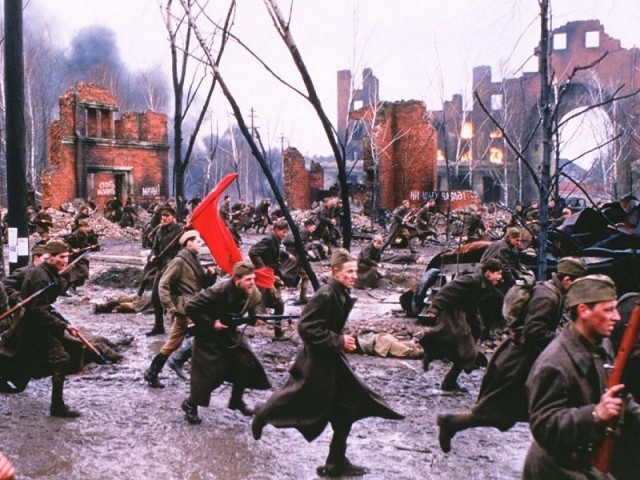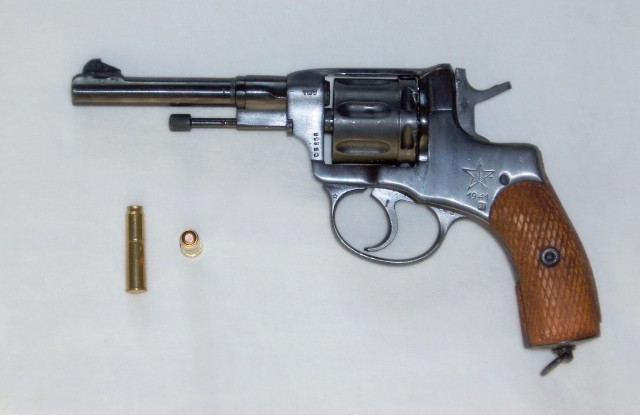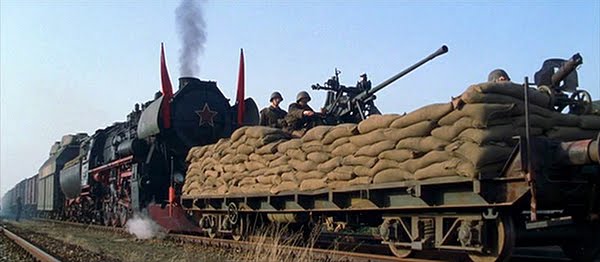Released in 2001, Enemy at the Gates is a war film directed by Jean-Jacques Annaud. The film is named after William Craig’s book “Enemy at the Gates: The Battle for Stalingrad” (1973) which chronicles the 1942/43 Battle of Stalingrad during WWII.
The plot was mostly fictional. In his book Stalingrad (1998), historian Antony Beevor maintains that while Zaytsev was a real person, his duel with Konig was pure fiction.
While Craig’s book includes a “sniper’s duel” between Zaytsev and Konig, the films sequence of events is fictional. Zaystev is the only historical source for the story. He maintains the duel took place over several days.
In an interview, he claimed after killing Konig and taking his tags that he later learned Konig was the head of the German Sniper School. Historical review of German records finds no mention of a sniper named Konig.
The Arrival
The troop train arrives near the Volga, and the arriving soldiers see the river and Stalingrad. During the actual historical period, the actual rail line ended miles from the Volga’s east bank.
The troops would have needed to either march or ride carts or trucks to the city.
The Map Scene
The map shows that Switzerland was invaded by the Nazi’s. Switzerland was neutral during the war and has not been invaded by any nation or army in a while.
The map also showed the Nazi’s had invaded Turkey. In the actual history, Turkey was a latecomer to the conflict, entering the war in 1945 and never saw any actual combat.
Finally, the film shows what appears to be a modern map of Russia, the Baltic states, and Ukraine as independent countries.
In the actual history, all of those areas are annexed by the USSR as territories before the German invasion.
The Bombers
In the film, the Junkers 88 bombers fly far too low for their bombing run barely clearing the buildings they are attacking.
In real life attacking at that height would make them vulnerable both to small arms fire and damage from the explosions and debris from their own bombings.
Tanks In Front Of Headquarters
In real life, military headquarters maintain as much anonymity as possible so as not to give up their location to the enemy.
They would never park a tank in front of it.
The 116th
There was never an 116 Infantry Division in the German army during the Second War World.
They did have an 116 Panzer Division, though, formed in 1944 from the remains of the 16 Panzergrenadier Division.
The Sniper Rifle Scope
In the movie, Vassili Ziatsez uses a Mosin Nagant Model 1891/30 sniper rifle with a 3.5 power PU scope.
In real life, he used the larger 4 power PE scope.
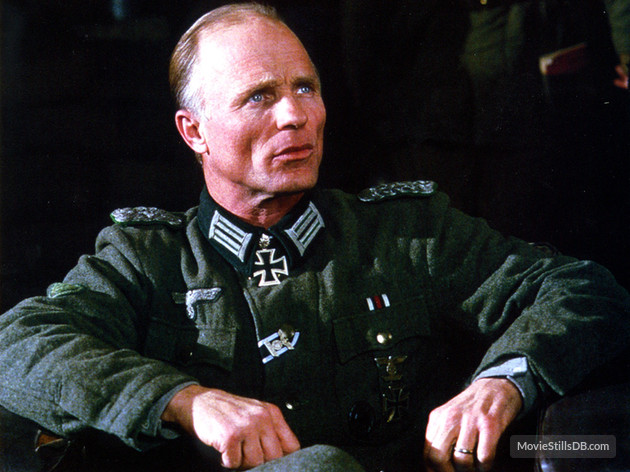
Konig’s Ribbon
The ribbon worn by Major Konig on his ribbon bar is actually the non-combatant version of the commemorative medal awarded to WWI veterans.
An ace sniper is highly unlikely NOT to have seen combat. Besides, he wears a combatant’s WWI Iron Cross ribbon through his tunic’s buttonhole, in direct contradiction to what the ribbon bar indicates.
NKVD Troops (1943-1945) (source)
The-NKVD1
The NKVD regiment showed shooting as the retreating troops wear regular army uniforms, not NKVD uniforms.
Danilov’s Rank
Danilov is portrayed as a commissar for most of the film. The commissar rank was eliminated on October 9, 1942, long before the end of the Battle of Stalingrad.
Whistle
The Soviet Army never used whistles to signal an attack.
Cigarette Lighter
When Vassili lights the cigarette butt he picked up from the German sniper, the lighter he uses has a flame consistent with those of butane lighters.
Butane lighters were invented in 1950.
The Soviet National Anthem
The Soviet National Anthem can be heard playing in the background at the banquet upon Vasily and Danilov’s arrival.
This version of the Soviet anthem was not adopted until 1944, a year after this scene takes place.
The Pistols
The pistols shown in the film appear to be correct either being the Tokarev TT-33 or the 1895 Nagant revolver – save for one instance. In the “human wave” charge scene when the Soviet conscripts retreat to their lines and are cut down by friendly fire, a shot is shown where two NKVD officers are firing semiautomatic pistols.
Though only partially shown, the pistol of one of the officers appears to be a Makarov PM instead of the Tokarev TT-33. The Makarov was designed and put into service after the war
Tires
In the scene where Danilov gets into a car accident and the car rolls over, the car is shown to be mounted with radial type tires.
Despite being patented in 1915, radial tires were not used until 1960.
The Stethoscope
When Tania is examined toward the end of the movie, the stethoscope used is a post-1960 style stethoscope.
Pre-1960 stethoscopes always have two separate tubings attached to the bell.
The Train
A German “Kriegslok” is shown hauling the troop train. Captured Kriegsloks were used on Soviet railways only after the war – and even then only in the Baltic and border states.
Koulikov’s Fall
After being shot Koulikov’s body falls short of the gap. This would not have happened. Getting shot would not have affected his landing.
